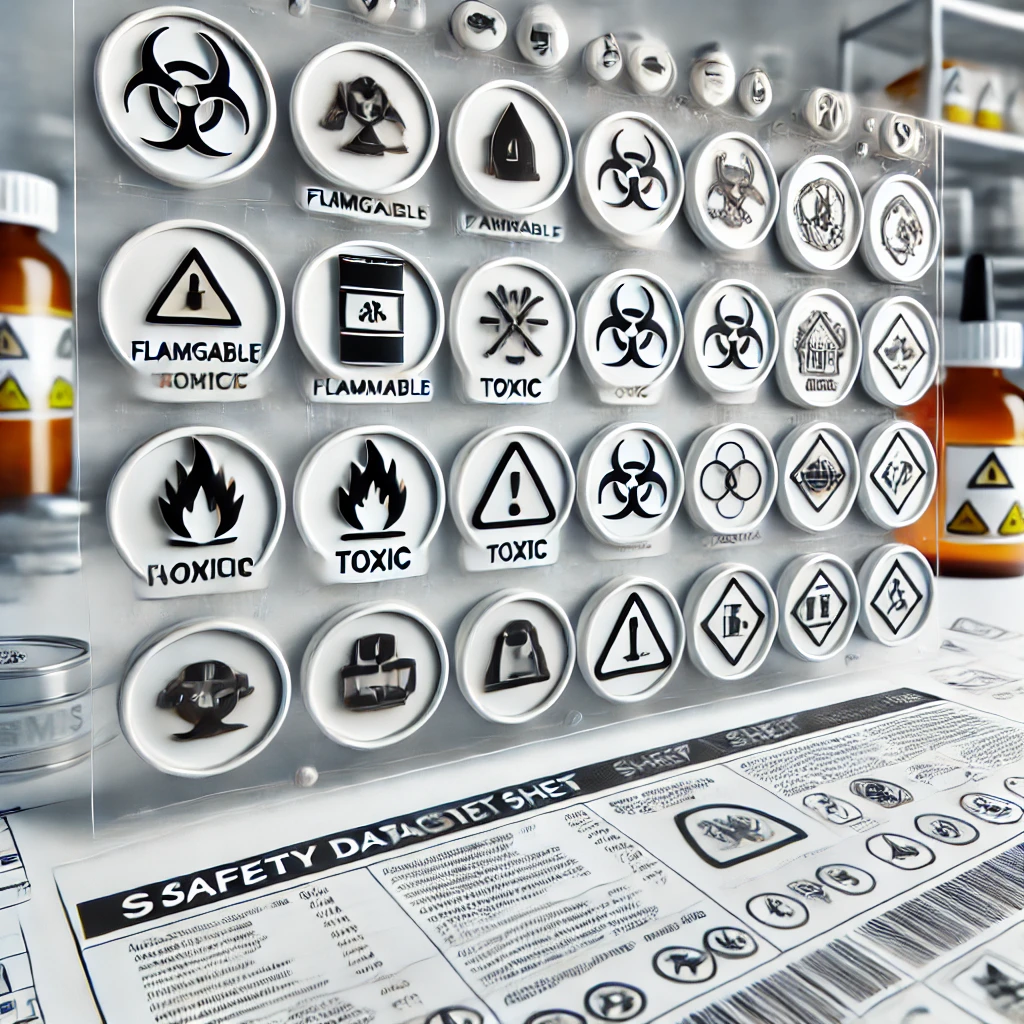What Does WHMIS Stand For?
WHMIS stands for Workplace Hazardous Materials Information System. In Canada, WHMIS is a national program that provides essential guidelines and standards for handling hazardous materials in workplaces. WHMIS ensures that workers are informed about the risks associated with hazardous substances and understand how to protect themselves. This guide will explain what WHMIS includes, why it’s important, and how it enhances workplace safety.
1. Understanding WHMIS: A National Workplace Safety Program
WHMIS was established to ensure that employees across Canada have consistent and accessible information on hazardous materials. Here’s a breakdown of WHMIS components:
- Labels: Hazardous materials come with standardized labels that identify the type of hazard and safe handling instructions. Labels include pictograms, signal words, and precautionary statements that quickly inform users of potential risks.
- Safety Data Sheets (SDS): Formerly known as Material Safety Data Sheets (MSDS), Safety Data Sheets provide detailed information on hazardous materials, including composition, health risks, storage, and emergency procedures.
- Training and Education: Employers must provide WHMIS training to employees who handle hazardous materials, ensuring they understand how to read labels, interpret safety data sheets, and follow safe handling practices.
Together, these components create a comprehensive system that helps workers identify, assess, and control hazards in the workplace.
2. Key Components of WHMIS
WHMIS includes several elements designed to provide clear information on hazardous materials. Here’s a closer look at each part:
- Pictograms: WHMIS pictograms are icons that represent specific types of hazards, such as flammable, toxic, corrosive, or biohazardous materials. These symbols make it easy for workers to recognize potential risks quickly.
- Signal Words: Signal words like “Danger” and “Warning” indicate the level of hazard associated with the material. “Danger” signals a higher risk, while “Warning” indicates a moderate hazard.
- Hazard Statements: Each label includes a brief description of the primary hazard, such as “May cause skin irritation” or “Highly flammable.” These statements provide a quick summary of risks.
- Precautionary Statements: Labels also contain precautionary statements, which include safe handling, storage, and disposal instructions. This information helps employees avoid accidents and exposure to hazardous materials.
These components make WHMIS an effective system for communicating crucial safety information in a clear, standardized format.
3. The Importance of WHMIS in the Workplace
WHMIS plays a vital role in ensuring workplace safety. By providing workers with information on hazardous materials, WHMIS reduces the risk of accidents and promotes a safer work environment. Here’s why WHMIS is essential:
- Employee Protection: WHMIS educates employees on recognizing hazards, reducing the chances of exposure to harmful chemicals. Proper handling of materials minimizes health risks like respiratory issues, skin irritation, and poisoning.
- Environmental Safety: By outlining proper disposal methods, WHMIS also contributes to environmental safety. Safe disposal prevents hazardous substances from polluting soil, water, and air.
- Legal Compliance: In Canada, WHMIS compliance is legally required for workplaces that handle hazardous materials. Employers must meet WHMIS standards to avoid fines and ensure a safe working environment.
These benefits make WHMIS a fundamental part of health and safety practices across various industries.
4. How Employers Implement WHMIS
Employers play a key role in implementing WHMIS by providing the necessary information, training, and resources. Here’s how employers fulfill WHMIS requirements:
- Labeling Hazardous Materials: Employers must ensure that all hazardous products are correctly labeled according to WHMIS standards. Labels should remain clear and accessible to employees.
- Providing Safety Data Sheets (SDS): Employers are responsible for maintaining up-to-date SDS for every hazardous material on-site. These sheets should be accessible to all employees.
- WHMIS Training and Education: Employers must provide training that explains how to read labels, interpret SDS, and follow safe handling practices. Training should be renewed regularly to keep employees informed of any changes.
By implementing these practices, employers create a safe and informed work environment that reduces the likelihood of accidents.
5. The Evolution of WHMIS: Aligning with Global Standards
WHMIS has evolved over the years to align with the Globally Harmonized System of Classification and Labelling of Chemicals (GHS). This update, known as WHMIS 2015, introduced new labeling standards and classification criteria that harmonize WHMIS with global practices.
- Standardized Pictograms: WHMIS now uses globally recognized pictograms, making it easier for workers to understand hazard symbols regardless of location.
- Updated Hazard Categories: WHMIS 2015 includes additional hazard categories, ensuring a broader range of materials are classified accurately.
- Consistent Terminology: WHMIS terminology now aligns with international standards, simplifying communication and making it easier for businesses to comply with global regulations.
These updates enhance WHMIS effectiveness and make it easier for Canadian workers and companies to comply with international safety practices.
Frequently Asked Questions About WHMIS
- Is WHMIS training mandatory?
Yes, WHMIS training is mandatory for employees who handle hazardous materials. Employers must provide this training and update it regularly. - How often should WHMIS training be renewed?
While there is no set rule, many companies renew WHMIS training annually or whenever new hazardous materials are introduced to the workplace. - What is the difference between WHMIS and GHS?
WHMIS is Canada’s system for hazardous materials, while GHS is an international standard. WHMIS 2015 incorporates GHS elements to align Canadian regulations with global standards.
Conclusion
WHMIS, or the Workplace Hazardous Materials Information System, provides Canadian workers with the tools and knowledge to handle hazardous materials safely. By including standardized labels, safety data sheets, and essential training, WHMIS helps create safer workplaces and promotes awareness of potential risks. Whether you work in manufacturing, healthcare, or any field that involves hazardous materials, understanding WHMIS is essential to maintaining health and safety on the job.






